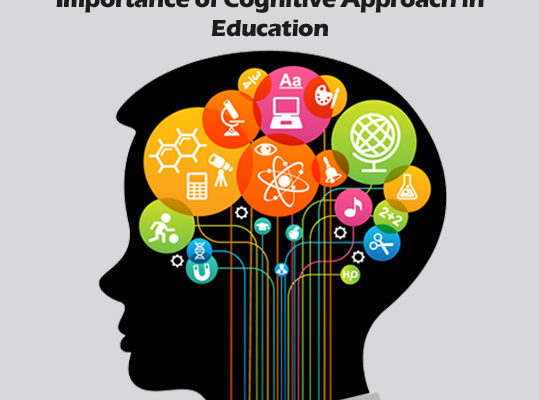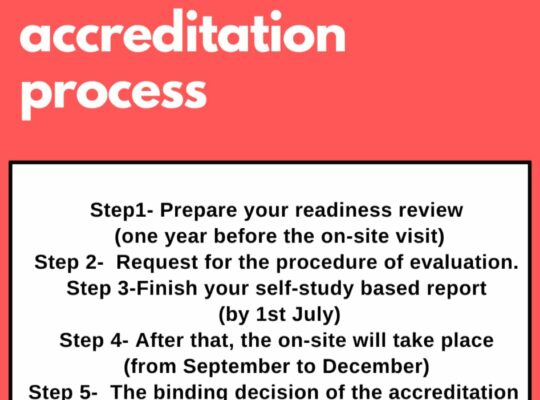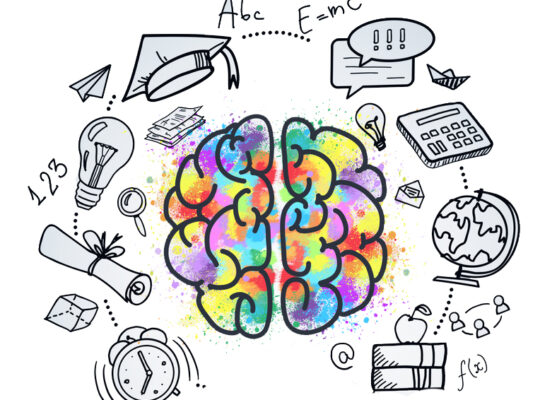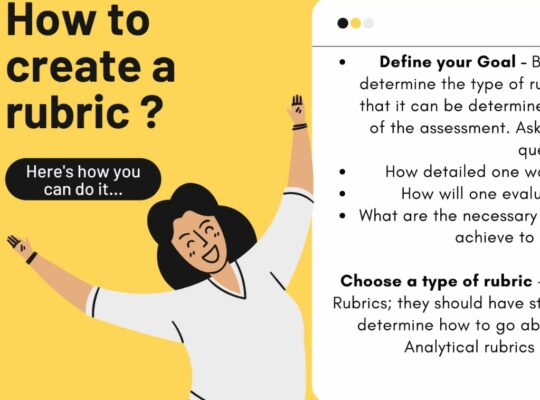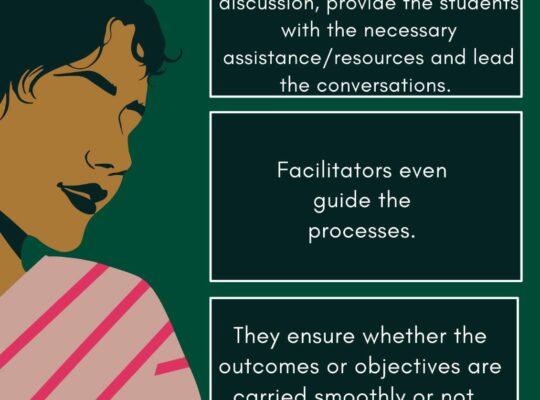Being a good teacher begins with lesson planning; it’s a creative process that combines our knowledge of teaching practice with our understanding of students, the curriculum, and the teaching environment. It’s a time when we picture the type of learning we want to see and consider how all parts of the learning experience should work together to make that vision a classroom reality.
Why should teachers prepare lesson plans?
There are a variety of advantages to writing a lesson plan. Firstly, lesson planning leads to more consistent learning. It allows teachers to contemplate on their lesson objectives, the activities which can meet those objectives, the sequence of the activities to be done, the materials required, how long each activity may take, and the way students should be grouped. Teachers can consider the connections between the following activities:
- The connection between the present lesson and any previous or future lessons.
- The relationship between learning activities and assessment procedures.
The lesson will be more meaningful to students because the teacher has considered these connections.
A teacher who has a strategy for upcoming classes is more confident. Such teachers are clear about what needs to be done, how it should be done, and when it should be done. Because all of the information has been gathered and all of the details have been decided upon in advance, the lesson will tend to flow more smoothly. The teacher will not while away class time flipping through the textbook or pondering what to do next. The teacher’s confidence will enthuse more respect from the students, reducing discipline concerns and allowing students to feel more relaxed and open to learning.
Some teachers believe that lesson planning consumes an inordinate amount of time. However, lesson plans can be reused, wholly or partially, in subsequent lessons months or years later. Many teachers keep files of previous lessons they taught, which is then used to plan for their current classes. To place it in a different way, lesson planning now, can save time later. Lesson plans can even be beneficial to others. Substitute teachers face the challenge of teaching another teacher’s class when that teacher is absent and value having an in-depth lesson plan to use. Knowing that the substitute is adhering to the plan, gives the regular classroom teacher confidence that class time is getting used productively in their absence.
Also, if a supervisor wants to understand what was taught in class a few weeks ago, they only have to check the lesson plan for that day. Finally, lesson plans can be utilized to demonstrate a teacher’s professional performance. Lesson plans, alongside other materials, are sometimes requested of teachers as a part of their portfolio to support their annual performance evaluation. Moreover, teachers applying for new jobs are asked to submit lesson plans as a part of their application so as for employers to assess their organisational skills and teaching style.
So, what exactly is a lesson plan?
A lesson plan is the instructor’s road map of what students have to learn and the way it’ll be done effectively during the class time. Before you propose your lesson, you may first have to identify the educational objectives for the class. Then, you can design appropriate learning activities and develop strategies to get feedback on student learning.
A successful lesson plan addresses and incorporates the subsequent three key elements:
- Student learning objectives
- Educational activities
- Strategies for assessing student understanding
Specifying concrete objectives for student learning will facilitate you to determine the kinds of teaching and learning activities you may use at school. These activities will define how you may check whether or not the educational objectives are accomplished.
Steps for Preparing a Lesson Plan
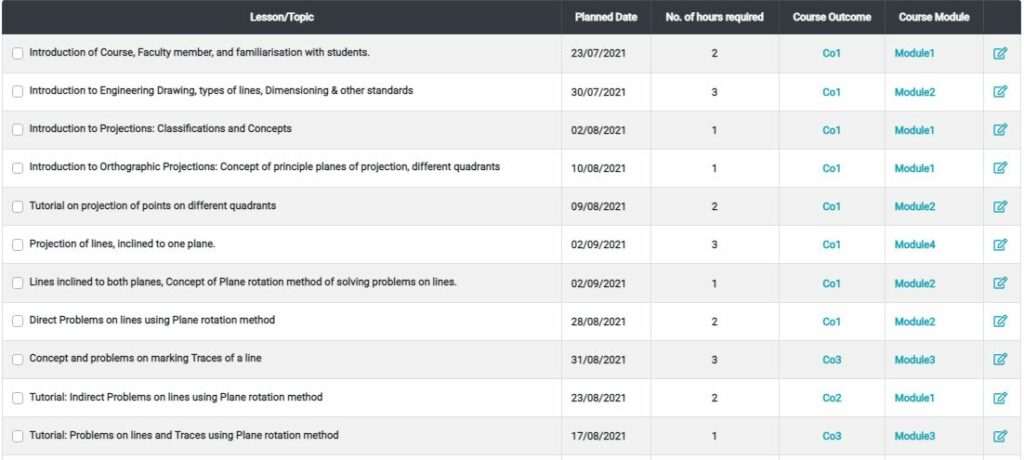
Following are the steps to assist you as you create your lesson plans:
- Determine what you wish students to be taught by the end of the class. Answering these questions will facilitate you in defining the learning objectives:
- What is the lesson’s theme?
- What would I like students to understand?
- What would I like them to grasp and be ready to answer as the lesson ends?
- What would I favour them to recollect from this lesson?
- After outlining the lesson activities for the teaching session, rank their importance. This step will prepare you to manage class time and achieve important learning objectives if you’re short on time. Consider the subsequent questions:
- What are the key considerations, ideas, or skills that I need students to grasp and apply and why are they important?
- Which ones couldn’t be skipped if I ran out of time?
- Conversely, which of them could I omit if I am pressed for time?
- Now that you have prioritised the learning objectives, create particular activities you’ll use to assist students to understand and apply what they’ve learned. Because you’ll have a diverse group of students with varying academic and personal experiences, they might already be familiar with the topic. As a result, you can possibly begin with a discussion or activity to assess students’ understanding of the topic. Moreover, ask their preconceived notions about it. For instance, you may conduct a basic poll asking, “How many of you have heard of ______ (whatever’s being taught)? Raise your hand if you have”.
Prior to class, you can also collect background information from your students by sending them a survey or asking them to write down comments on index cards. This extra information can aid with the development of your introduction, learning activities, and so on. After you have a knowledge of the students’ familiarity with the subject, you may know what to work on. Start with a creative introduction to the subject to pique students’ interest and get them thinking.
Consider the subsequent inquiries:
- How will I determine whether students are aware of the subject or have any presumptions about it?
- What are some popularly accepted beliefs (or possibly preconceptions) about this subject that students could also be aware of or advocate?
- What am I going to do to introduce the subject?
- Create a plan for particular learning activities (the main body of the lesson). Prepare several alternative ways to clarify the material (real-life examples, analogies, visuals, etc.) to capture more students’ attention and appeal to different learning styles. Estimate what proportion of time you may spend on each example and activity as you plan them. Allow time for extended explanations or discourse but be willing to manoeuvre quickly to different applications or problems. The following points will assist you in designing the training activities you use:
- How will I explain the subject?
- What will I do to present the subject in a very novel way?
- How will I be able to pique students’ interest within the subject?
- What are some relevant real-life examples, analogies, or situations which will assist students in comprehending the topic?
- What will students do further to achieve a far better understanding of the topic?
- Now that you’ve explained the subject and illustrated it with various examples, you need to assess student comprehension – how will you recognize if students are learning? Consider specific questions you’ll be able to ask students to test their comprehension. Write them down, then rephrase them so you’re able to ask the questions in a variety of ways. Try to anticipate the responses to your questions.
Determine whether students should respond verbally or in writing. Here are some questions to facilitate you in getting started: - What questions will I ask students to assess their comprehension?
- What will I have students do to show that they’re paying attention?
- Returning to my list of learning objectives, what activity am I able to assign to students to make sure that each of the objectives has been met.
- Anticipating students’ questions is a vital strategy which will also facilitate you with time management. When planning your lesson, consider what kind of questions are useful for discussion and what will likely distract the class. Consider and choose an alignment between capturing content (achieving your learning objectives) and ensuring that students understand.
- Conclude with a summary of the lesson and check the material covered in class. You’ll be able to accomplish this in a variety of ways: you can state the most points yourself (“Today we talked about…”), you can ask students to help you in summarizing them, otherwise you can ask all students to jot down on a bit of paper what they believe were the key points of the lesson. You’ll be able to re-evaluate the students’ responses to determine if they understand the subject, and then, explain anything that’s unclear in the next class.
- Make a timetable that’s realistic. A list of ten learning objectives is unrealistic, so concentrate on two or three key concepts, ideas, or skills that you simply want students to learn. Educators also agree that they often have to modify their lesson plans during class to support what the students require. Your prioritised list of learning objectives will assist you in making on-the-spot decisions and adjusting your lesson plan as required. Having more examples or alternative activities also will allow you to be more adaptable. A flexible timetable will demonstrate your adaptability and preparedness to form adjustments to the precise learning environment.
Methods for developing a practical timeline:
- Evaluate the amount of time each task will take, then schedule some extra time for each
- When you arrange your lesson plan, indicate what proportion of time you expect each activity to take
- Plan a few minutes at the end of class to answer any questions and summarise key points
- Prepare an additional activity or discourse questions just in case you’ve got time to spare
- Be prepared to adjust your lesson to students’ needs and target what appears to be working
Conclusion
The lesson plan must not be an exhaustive document that describes every possible classroom scenario so as to be effective. It also doesn’t need to envisage every student’s response or question. It should instead provide you with a broad framework of your teaching goals, learning objectives, and methods for achieving them. It is a reminder of what you wish to accomplish and the way you would like to accomplish it. A productive lesson is one during which both students and also the instructor learn from one another, instead of one during which everything goes exactly as planned.

About the Author: Pooja Bhatia
Pooja is a teacher working for NGOs and a student pursuing management studies. Her interests include education, women empowerment, music and drama. A winner of various B-school competitions including IIM and BITS, Pooja is also a great content strategist. She has article published in the Times of India.
This article has been re-published on Medium
